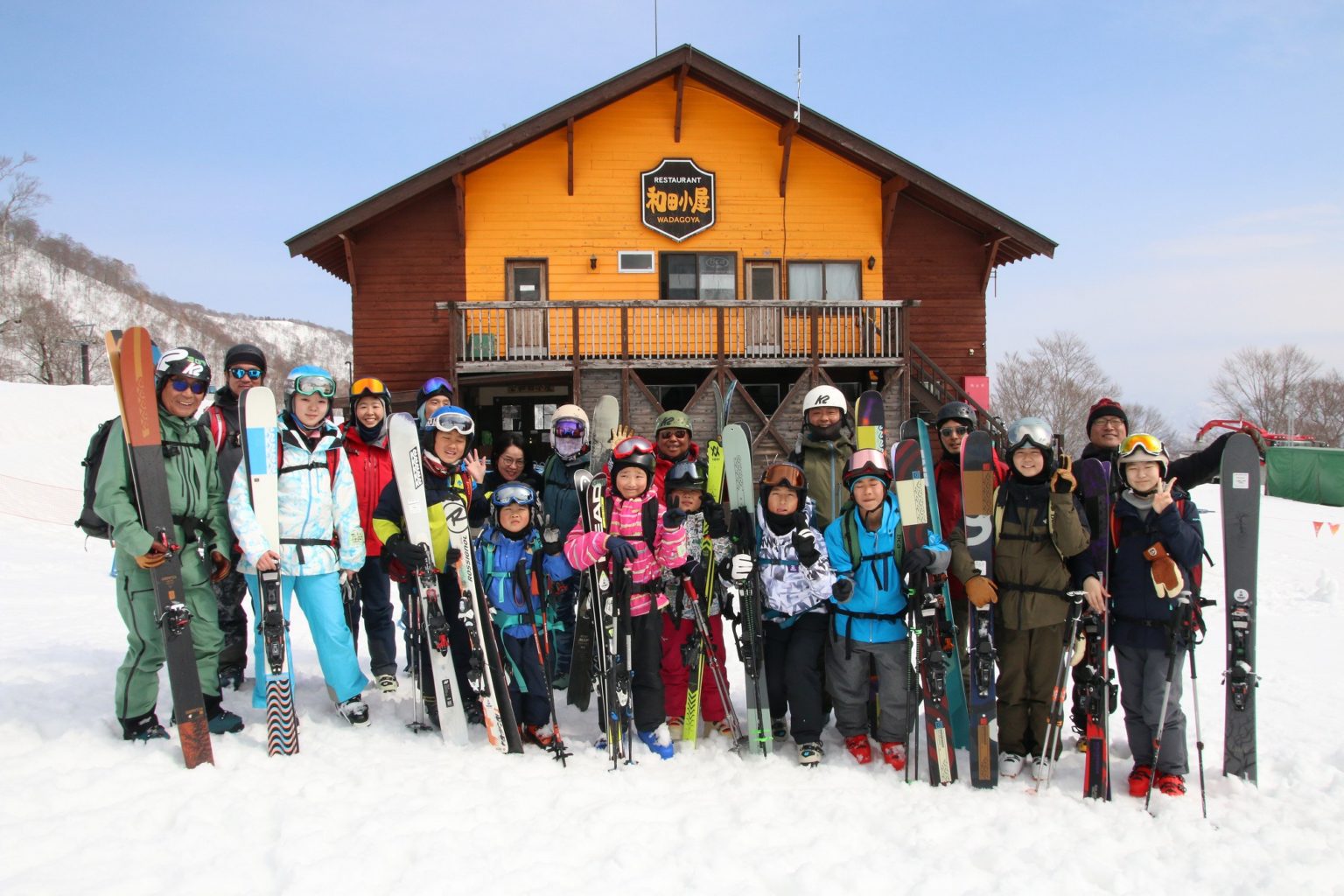There is a backcountry camp for children. I heard that a few years ago. The Kobe YMCA holds the event every spring break at the Wada Hut at Kagura Ski Resort in Niigata Prefecture. Backcountry courses and guided tours for beginners are held all over the country, but it is extremely rare to find one targeted at children.
Should you take your kids out into the backcountry instead of on the slopes? Can safety be ensured? Shouldn't parents be worried in the first place? With these questions in mind, I decided to participate in the camp, which was held for three days and two nights in early April.
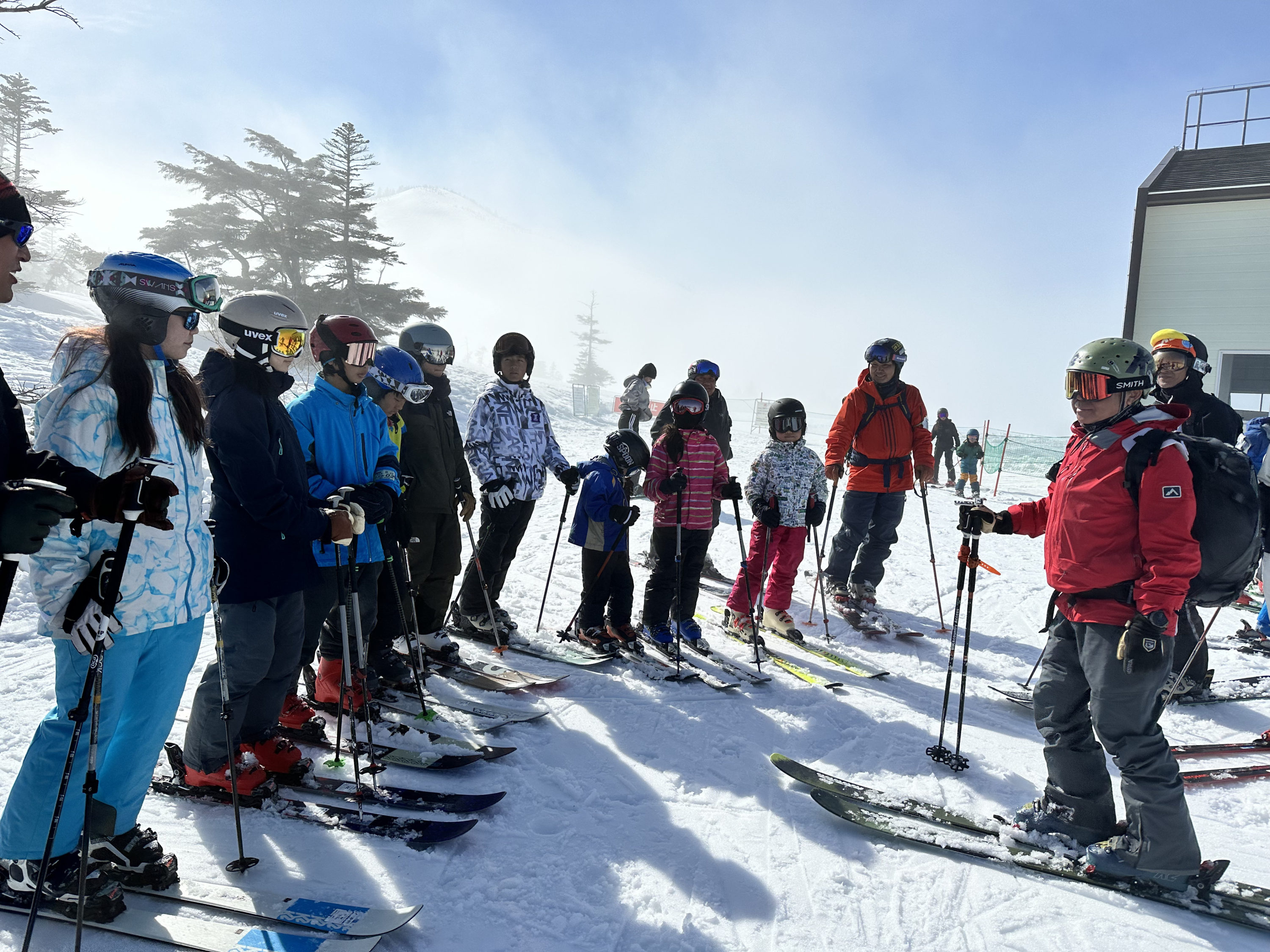
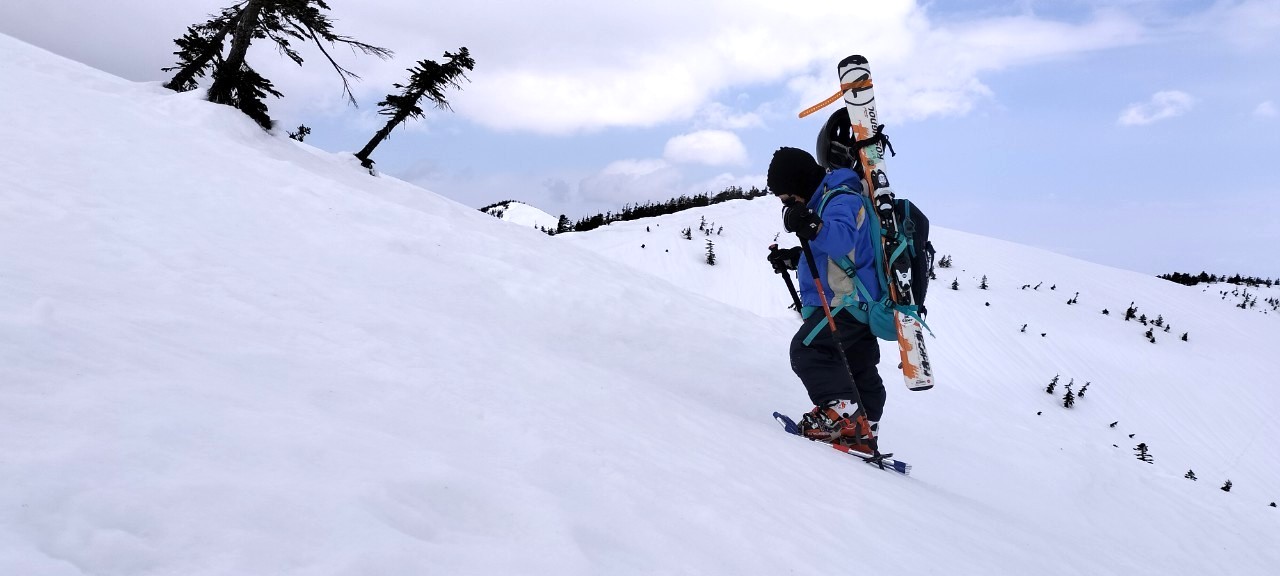
3 day camp starts
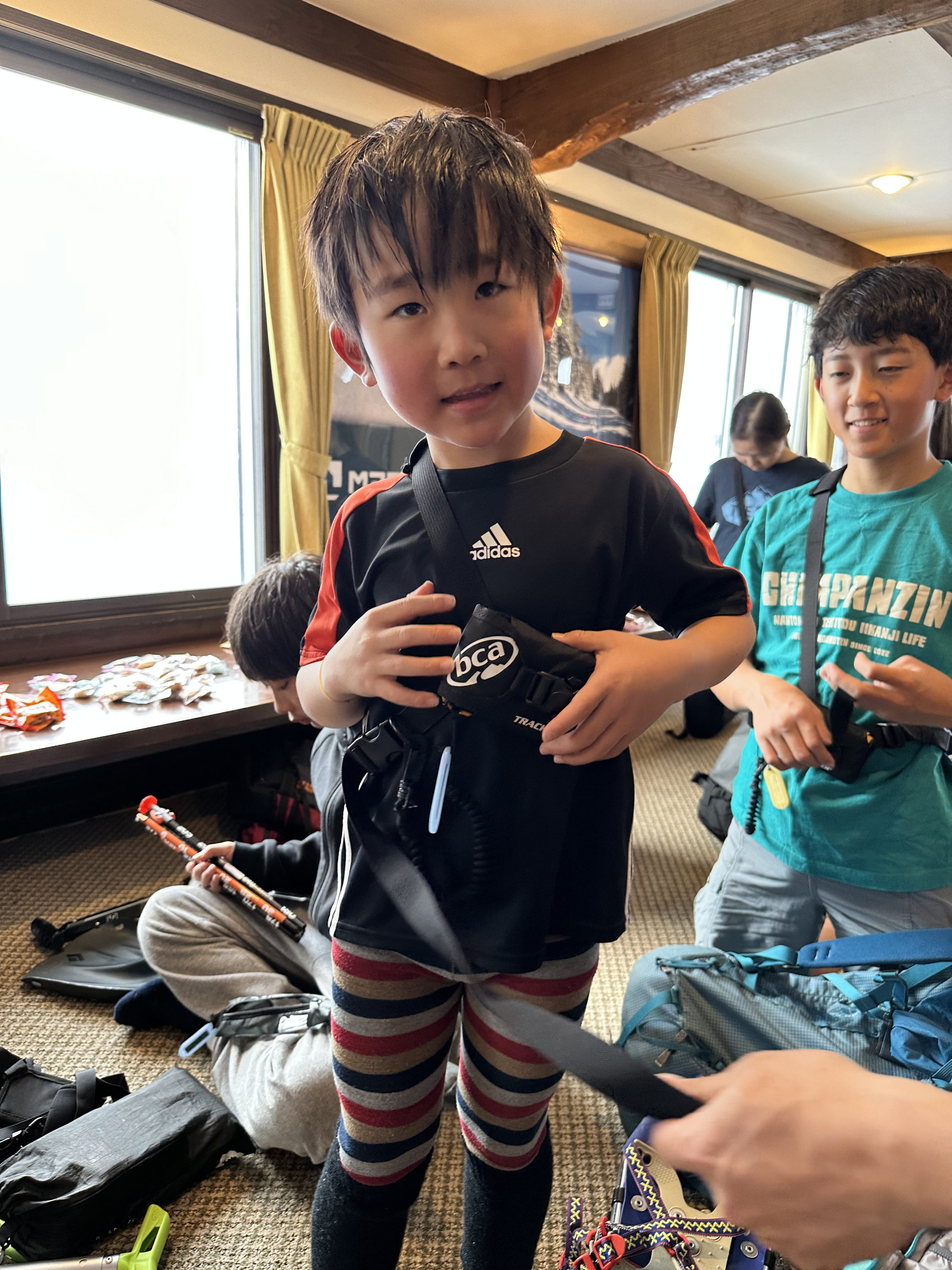
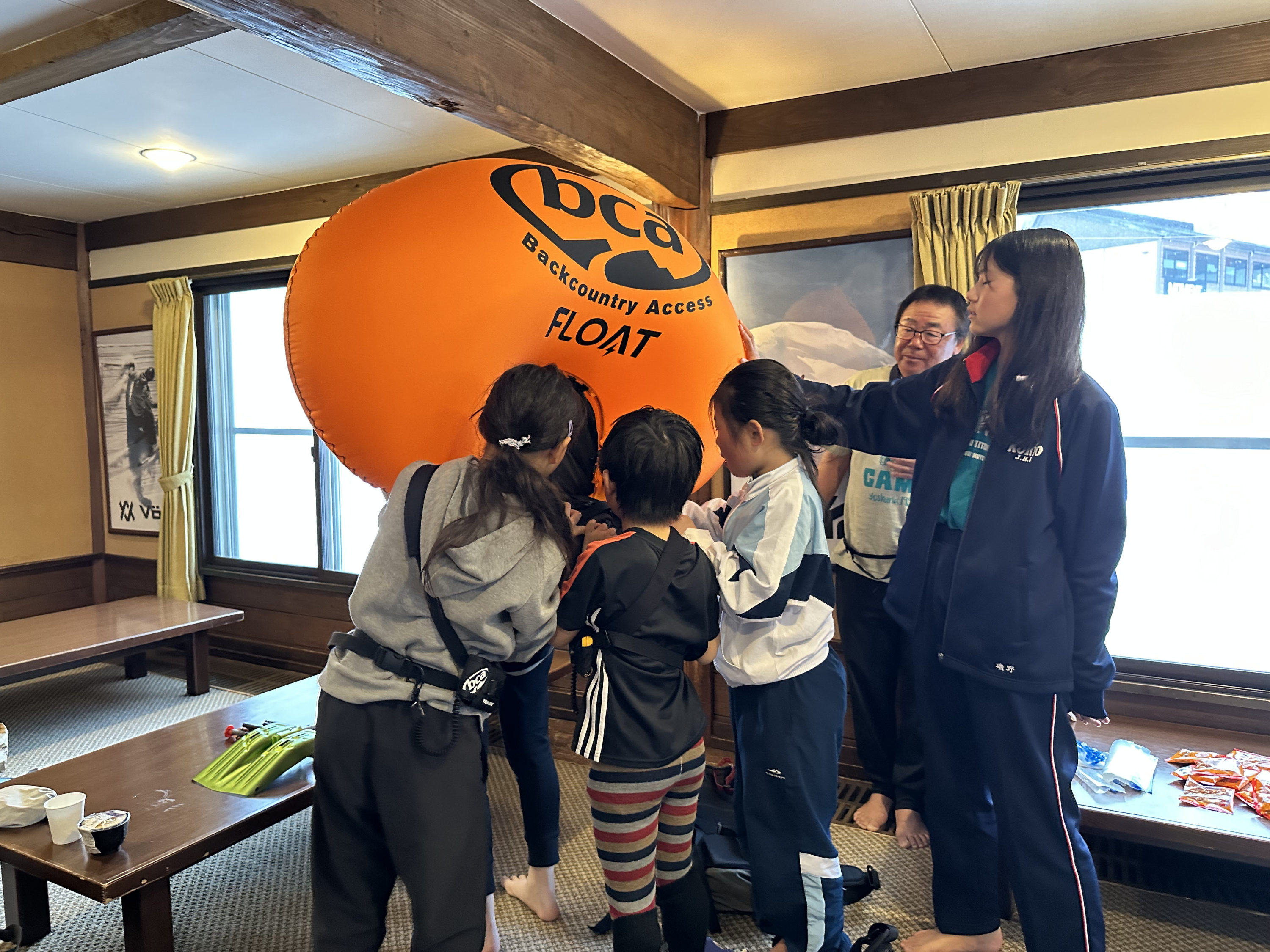
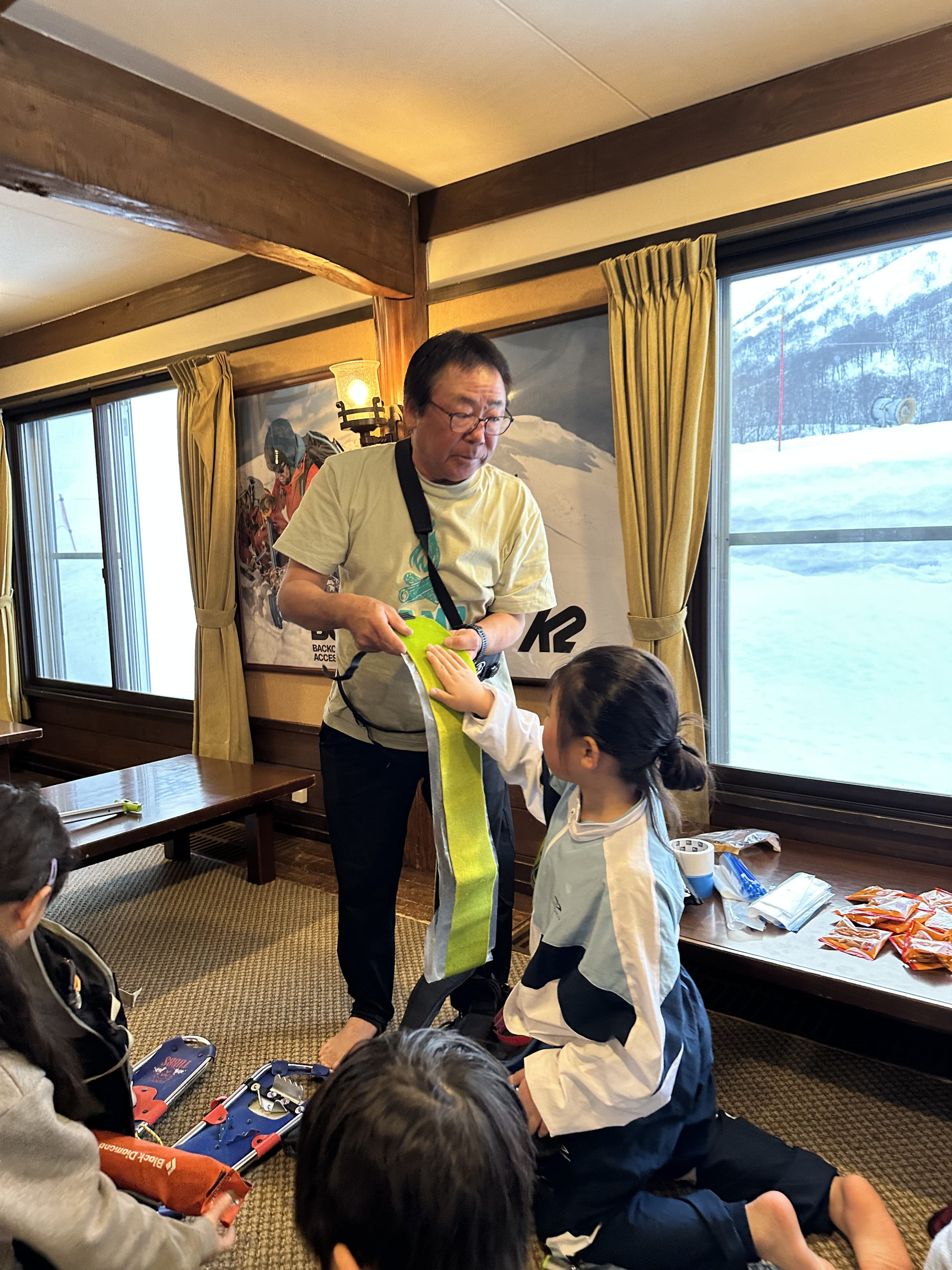
At the camp, children from various regions gather at Wada Hut. We lived together for three days according to the following schedule.
| First day | morning | After arriving at Kagura Ski Resort, we rented backcountry gear at the shop ``Powder Station'' at the base of the ski resort.K2 Ski also provided children's BC gear rentals.Go up the mountain and check in at the Wada hut inside the ski resort. |
| afternoon | First, ski down the ski resort course with a ski guide from Powder Station. | |
| evening | A class on how to use backcountry gear at a hut. Dinner with everyone after bathing - chatting | |
| the 2nd day | morning | After skiing the ski resort course, we headed into the backcountry. aim to reach the top with their own stickers put on snowshoes and strap their skis to their bags as they climb. |
| After climbing the summit, ski through the tree line area and forest course from the top. | ||
| Lunch in the backcountry | ||
| afternoon | Continue skiing the backcountry together | |
| evening | After bathing and dinner, listen to the lecturer's story | |
| Third day | morning | While changing lifts, go to tour skiing on the course |
| afternoon | Descending after lunch. Everyone shared their impressions of the camp and then dispersed. |
This time, children between the ages of 7 and 17 participated. The recommended participation requirement is junior high school students and above, but elementary school students are also welcome to participate.
The staff members are, in order of photo: YMCA director Koichi Sakata, Ryoji Yamamoto, outdoor instructor Takashi Morimoto, and Kagura Powder Station ski guides Kazuya Igarashi and Nobuhiko Takahashi. Several volunteer staff joined in on a rotating basis.
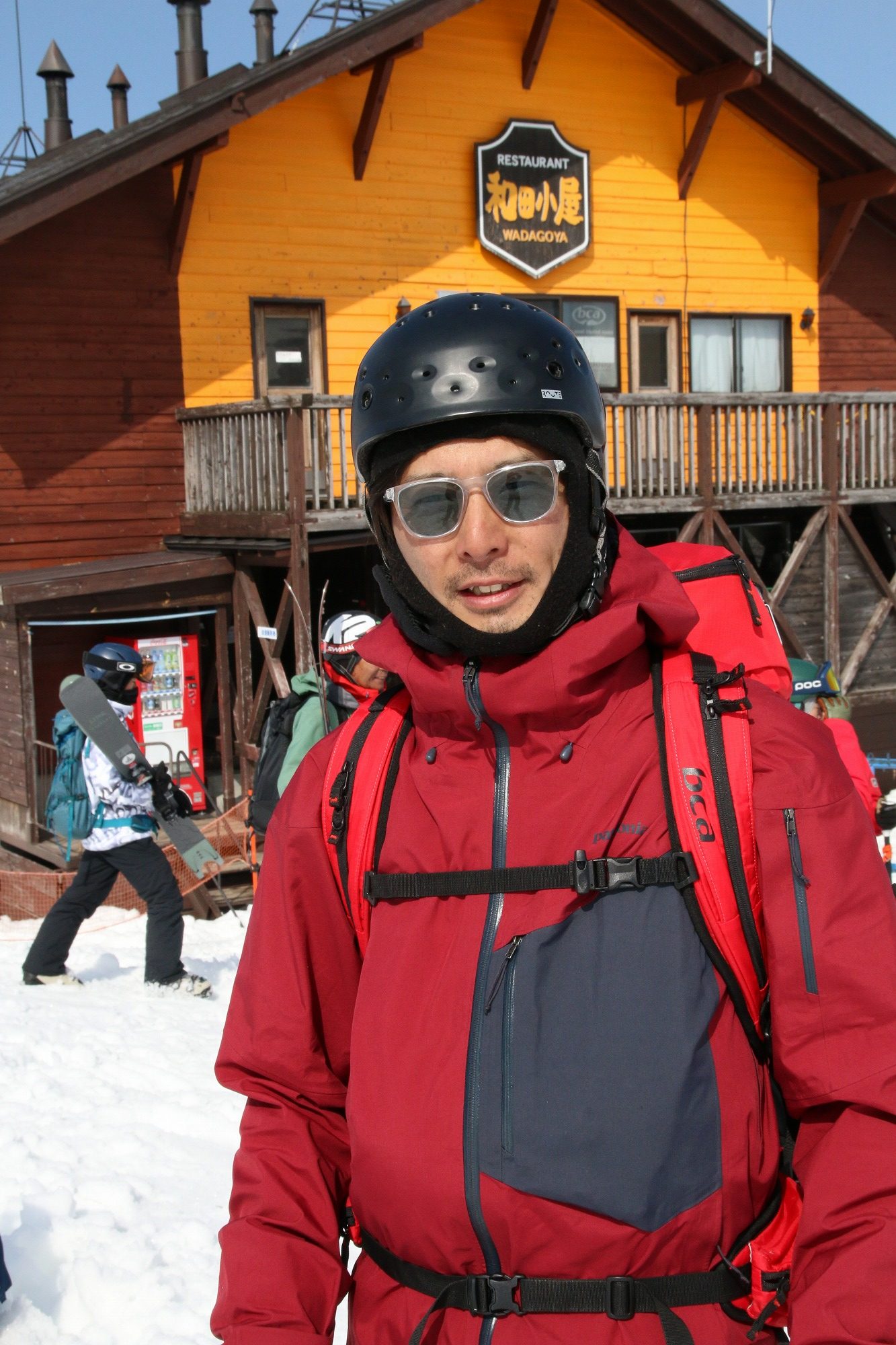
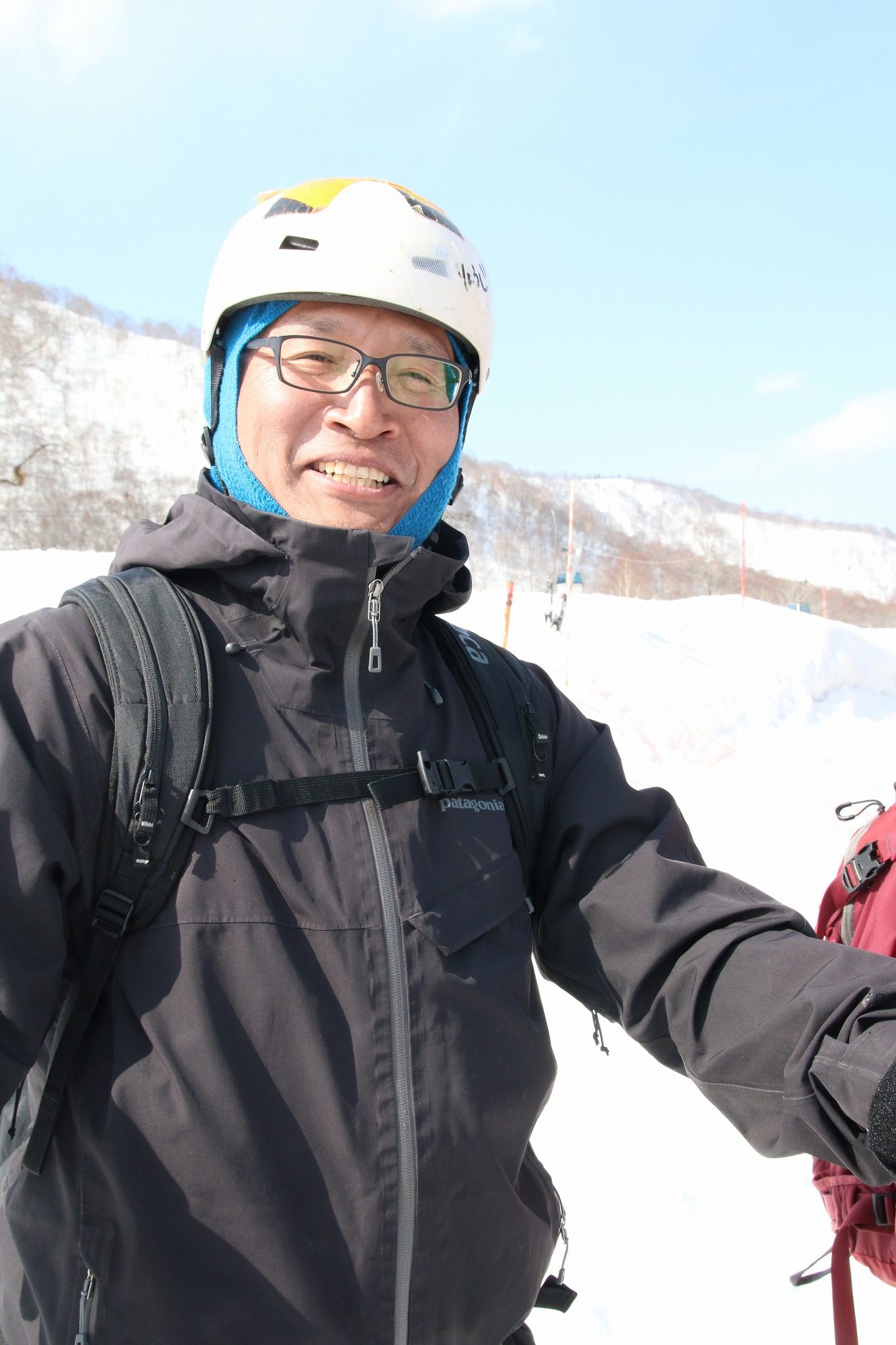
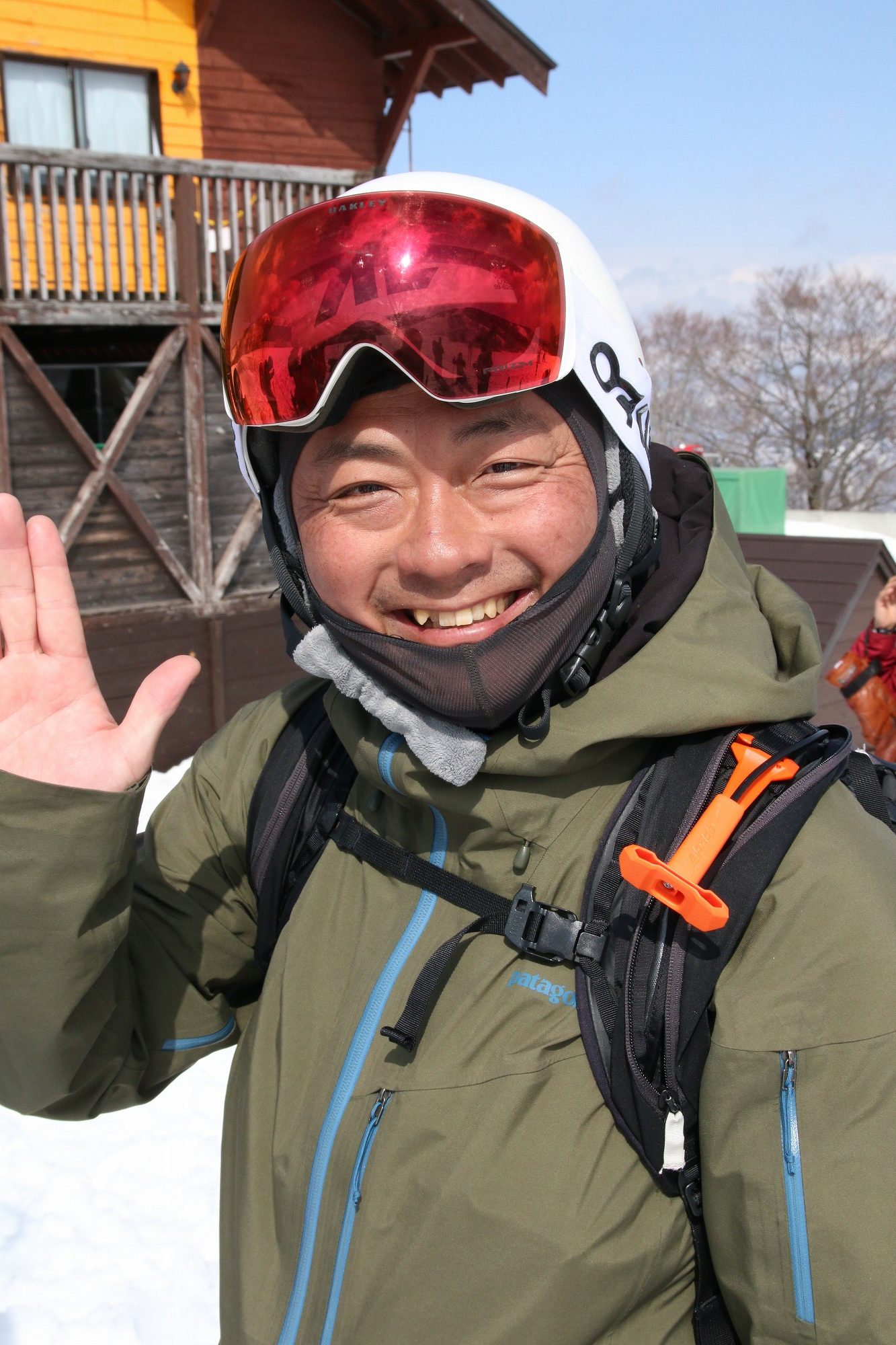
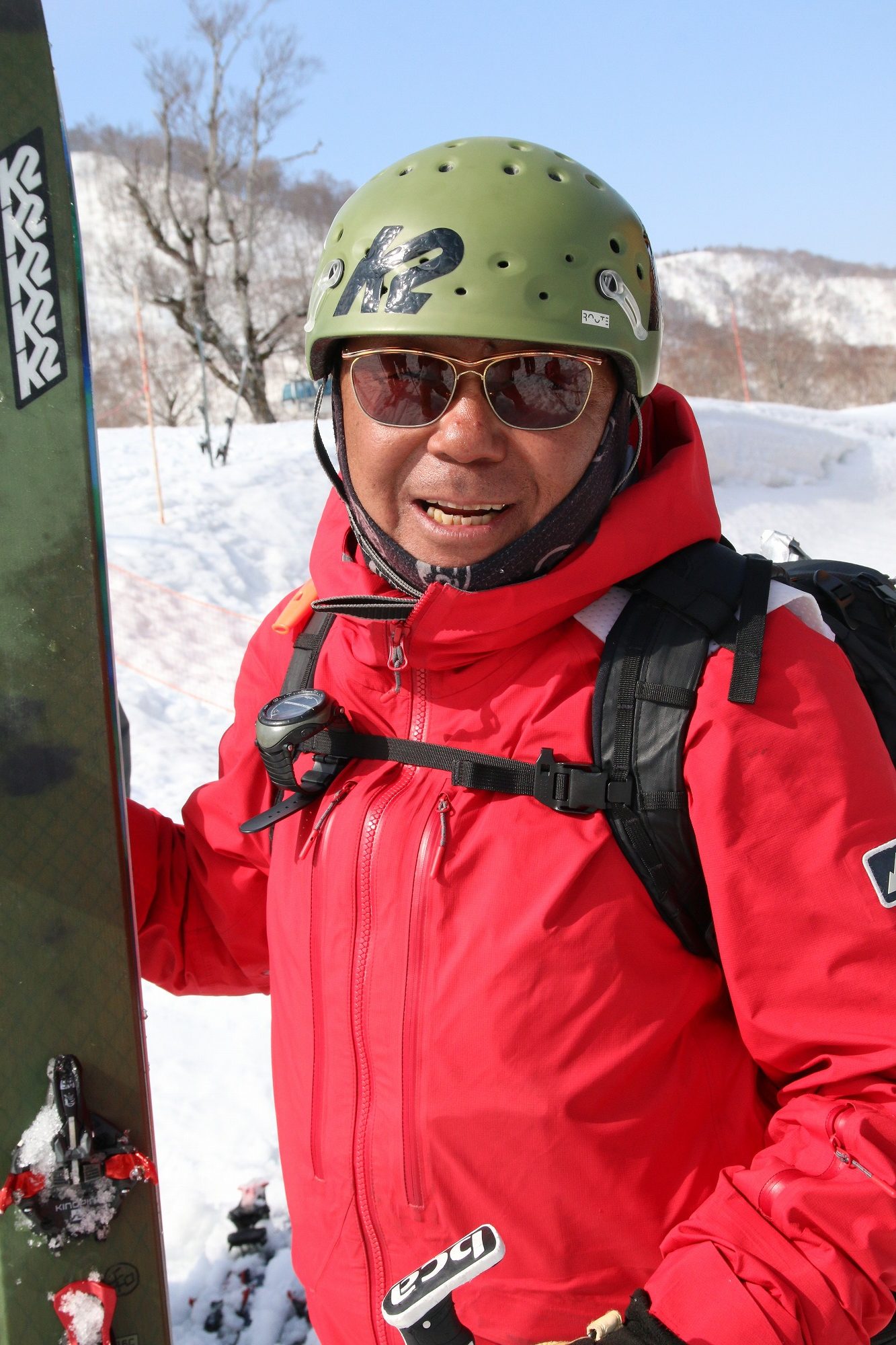

In nature, children help each other and adults watch closely.
We were blessed with good weather, and all of us took on the backcountry challenge on the second day. Pass through the backcountry gate at the top of Kagura No. 5 Romance Lift, put on a sticker, and start skiing. Children who wear skis that don't have sticker sizes use A-frames to carry the skis and climb on snowshoes.



From the gate to the summit of Kaguramine, which is 2,029 meters above sea level, it takes about 80 minutes for children to climb the stickers, and the difference in elevation is 184 meters.
Everyone climbs at their own pace. The youngest is a first grader. Junior high school students are progressing without any problems, but elementary school students in the lower grades are having trouble walking. There were times when I was so exhausted that I started crying.
Walking on stickers or snowshoes, which are unaccustomed to walking, causes even small children to fall over and over again. However, as he continued to climb, a pattern naturally formed in which the children around him would reach out and wake him up each time. The third-grade elementary school girl carrying her skis became unable to walk on the way due to her legs hurting, but a middle school boy helped her by carrying the skis on her back, and she didn't give up until the end, aiming for the top of the mountain. Ta.
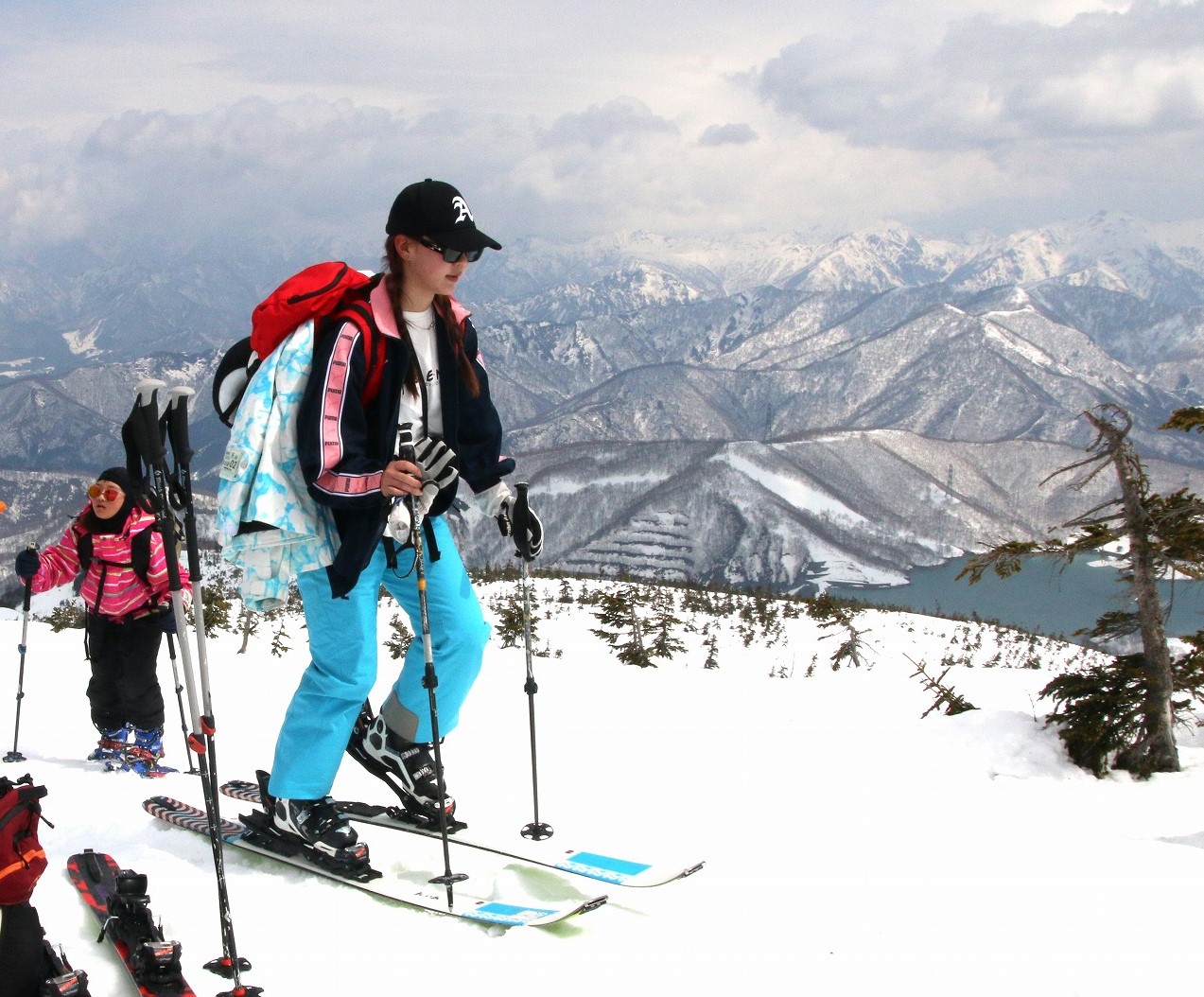


On the other hand, the staff members who lead the children do not give more help than necessary even if the children fall.
"What are you doing? Huh? Are you going to sleep there? Okay" "I'll see you tomorrow♪" "Huh? Are you going to stand up? Huh? Are you going? Let's do it!"
Although his tone is gentle, his words are not sweet.
Lecturer Morimoto-san says.
If adults don't do anything, children can actually do it just fine. There are too many adults who interfere too much, and a society that says ``this is right'' too much. Well, it's easier for adults that way. But we will watch and wait patiently. This is quite difficult, but children will grow up properly through it.
In the end, everyone made it to the summit that day, including not only the Seal climbing group, but also the 7- and 8-year-old elementary school students who carried skis on their shoulders.
From the top, you can see Mt. Naeba spreading out in front of you, the mountains of Myoko in the background, and the Northern Alps in the distance. If you look ahead, you'll see a 360-degree panoramic view of the Tanigawa Mountain Range and the Echigo Sanzan. Everyone was smiling for a commemorative photo at an altitude of 2000m.

The boy who cried, why did he cry while climbing? When I asked
"I couldn't walk very well, and I think it was because everyone else went before me and didn't wait for me. But I was happy that I was able to reach the top," said K (7 years old).
After reaching the top, he had a refreshing smile on his face.
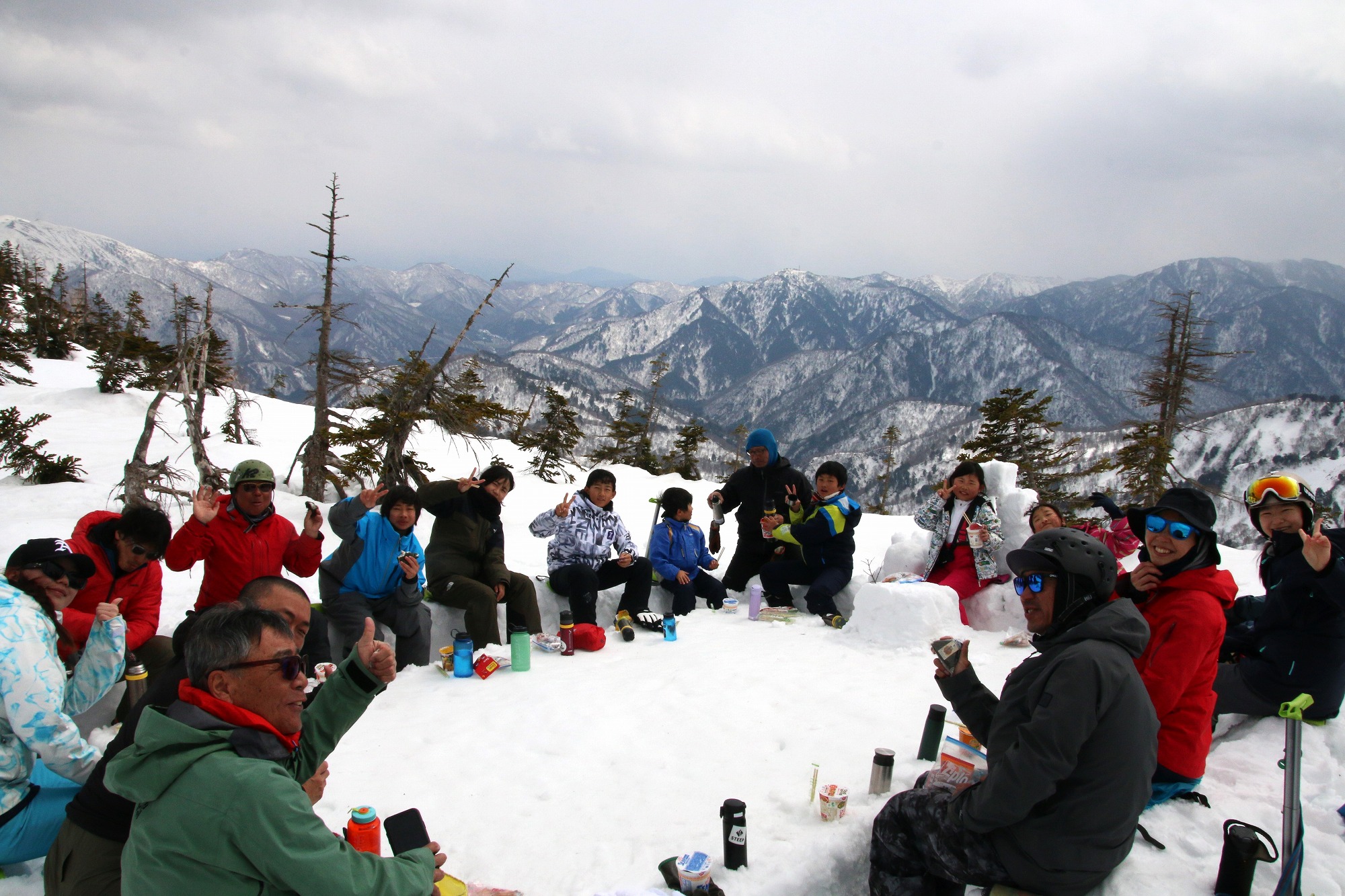
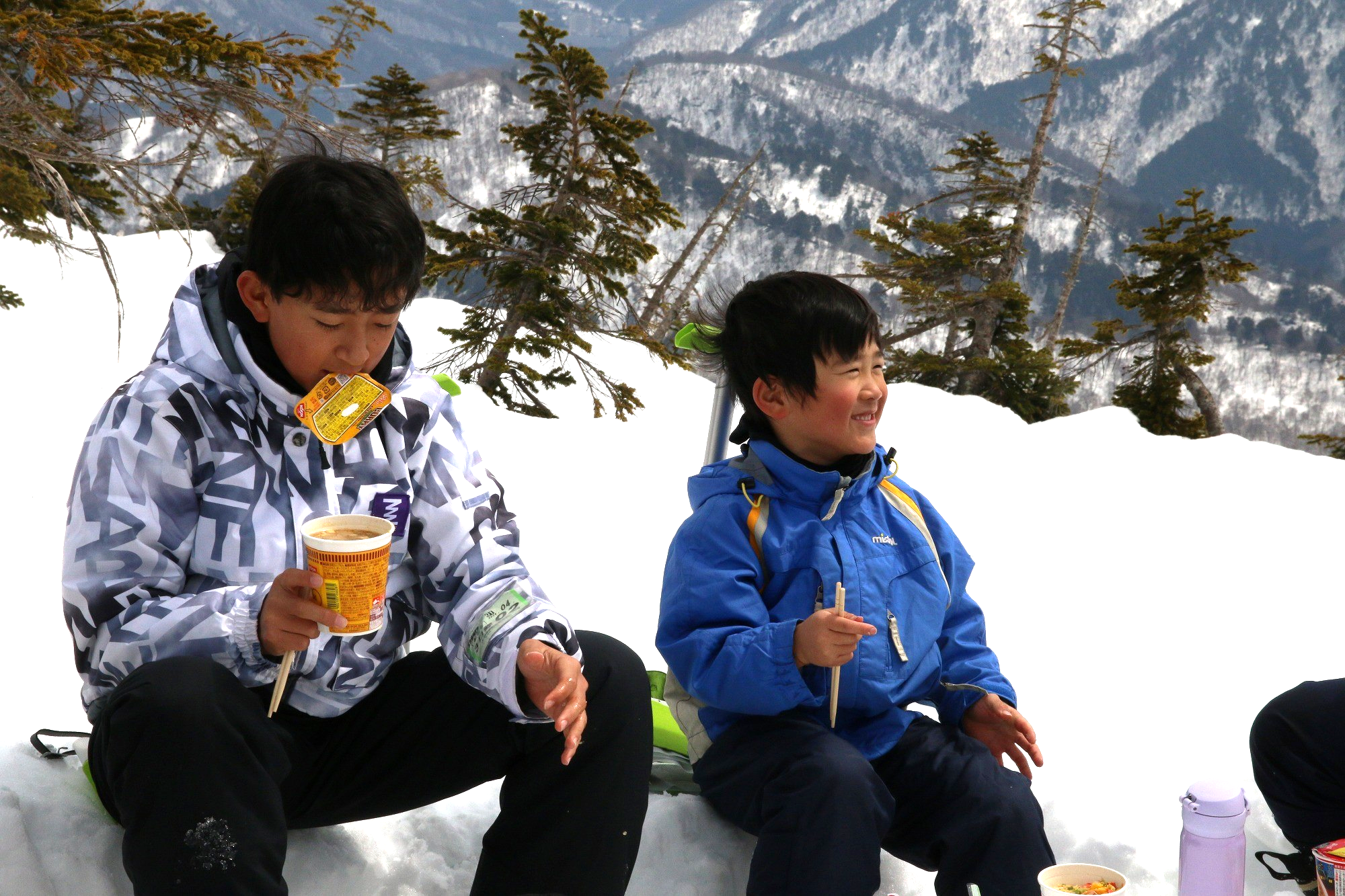
Leading children safely into nature
Now, it's hard to lead an adult through the backcountry, but I'd like to answer the question of why they planned a tour for children. Koichi Sakata, director of the Kobe YMCA, which organizes the camp, says:
The purpose of the camp is to develop people who will be needed by society in the future. To achieve this, it is important to have good experiences from childhood. So what is a good experience? Modern society is faced with ``anxiety about personality'' and ``anxiety about the environment.'' Therefore, what I want children to experience is ``feeling nature, learning from nature, and living with nature'' with good friends. Children grow rapidly when they go on an adventurous camping trip. It has a great influence on children who are worried, unconsciously or consciously, that ``social life and school are boring.''
Mr. Sakata



In the summer, we go on kayaking and canoeing expeditions based on Yoshima (Shodoshima). When the environment allows, they catch and eat food from the sea, and sometimes they pitch a tent on the beach and sleep while looking up at the starry sky. Backcountry skiing is treated in the same way as ``skiing as a means of transportation.'' Skiing is also perfect for learning about the relationship between humans and tools. There is also a mountain hut called Wada Hut in Kagura, which is in a prime location with excellent access to the wilderness.
Mr. Sakata
*Primish nature refers to an environment that maintains its original state without being affected by human activities.
It was Mr. Igarashi, who works as a tour guide at Kagura, who first suggested to the YMCA that they run a backcountry camp for children.
``More than 10 years ago, we held a similar children's camp at Powder Station.I want young children to experience backcountry skiing, and for the past four years, I have been holding a similar children's camp at Powder Station. I’m glad I’m doing it.”
Mr. Igarashi
This camp is not something that anyone can participate in by paying a fee. Participants will not be able to participate unless they have the ``aptitude'' to act together with their friends to minimize the various risks that await them in the great outdoors.
Since you're going on an expedition with strangers, you need to know the bare minimum. Simply put, are you a decent person? Of course, I don't mean that because no one is perfect.
I can greet people well and say thank you. If someone is in trouble, you must have the heart to immediately help them, and be sensitive to such obvious things. It's okay to be bad at skiing.
Mr. Morimoto says it well.
Mr. Sakata
``Do you want to be called a bad guy who skis well, or do you want to be told that you're a nice guy who also skis?' ' We cannot travel together. We clearly communicate this to both children and parents.
By the way, the participation fee for 2 nights and 3 days is 68,000 yen. This includes rental costs for backcountry skis, boots, avalanche gear, lodging, meals, guide fees, and even some transportation costs. To put it bluntly, the profitability of the organizers is low. This camp is a special camp that focuses on nurturing children through adventure experiences, without considering profitability.
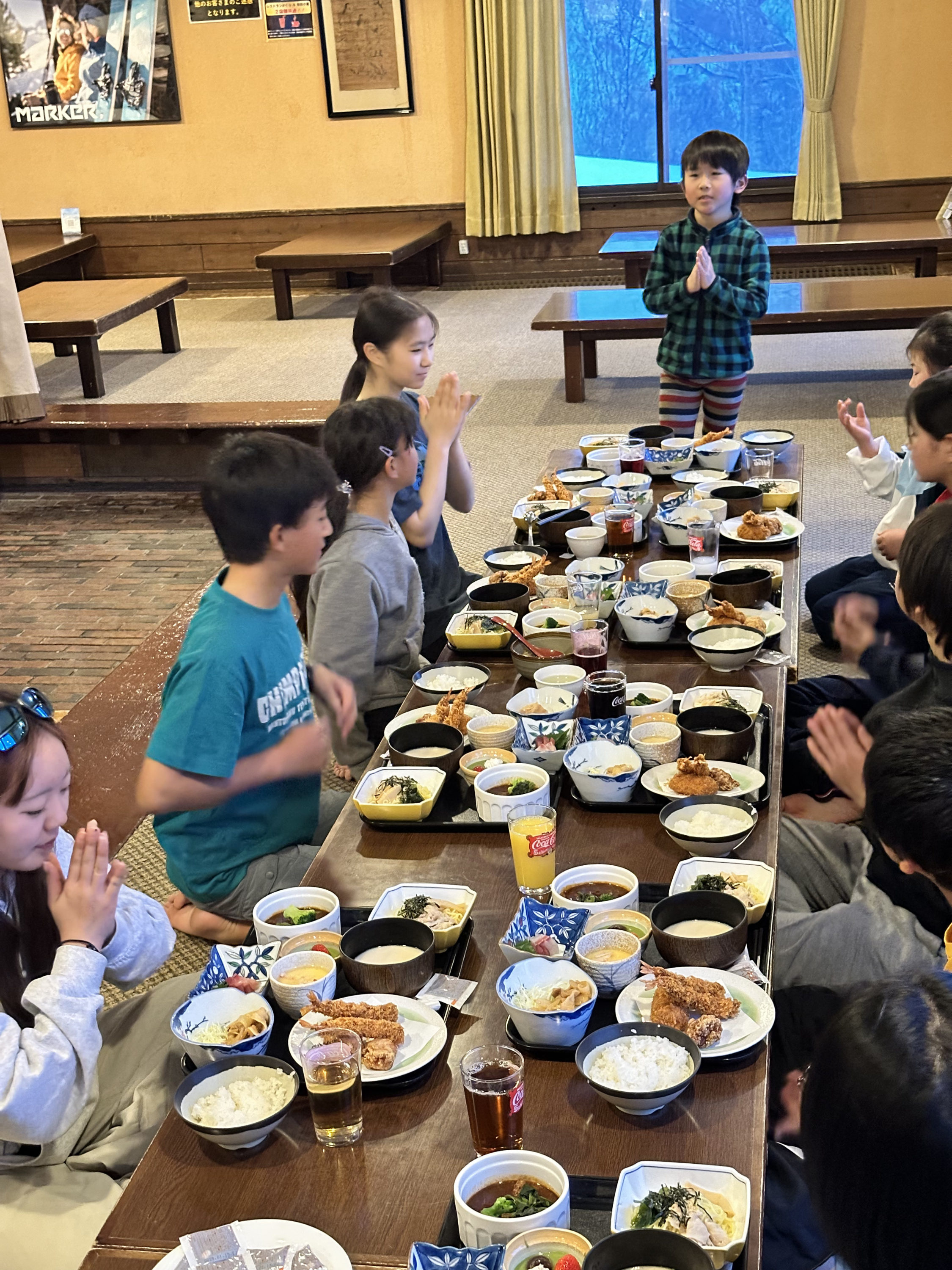
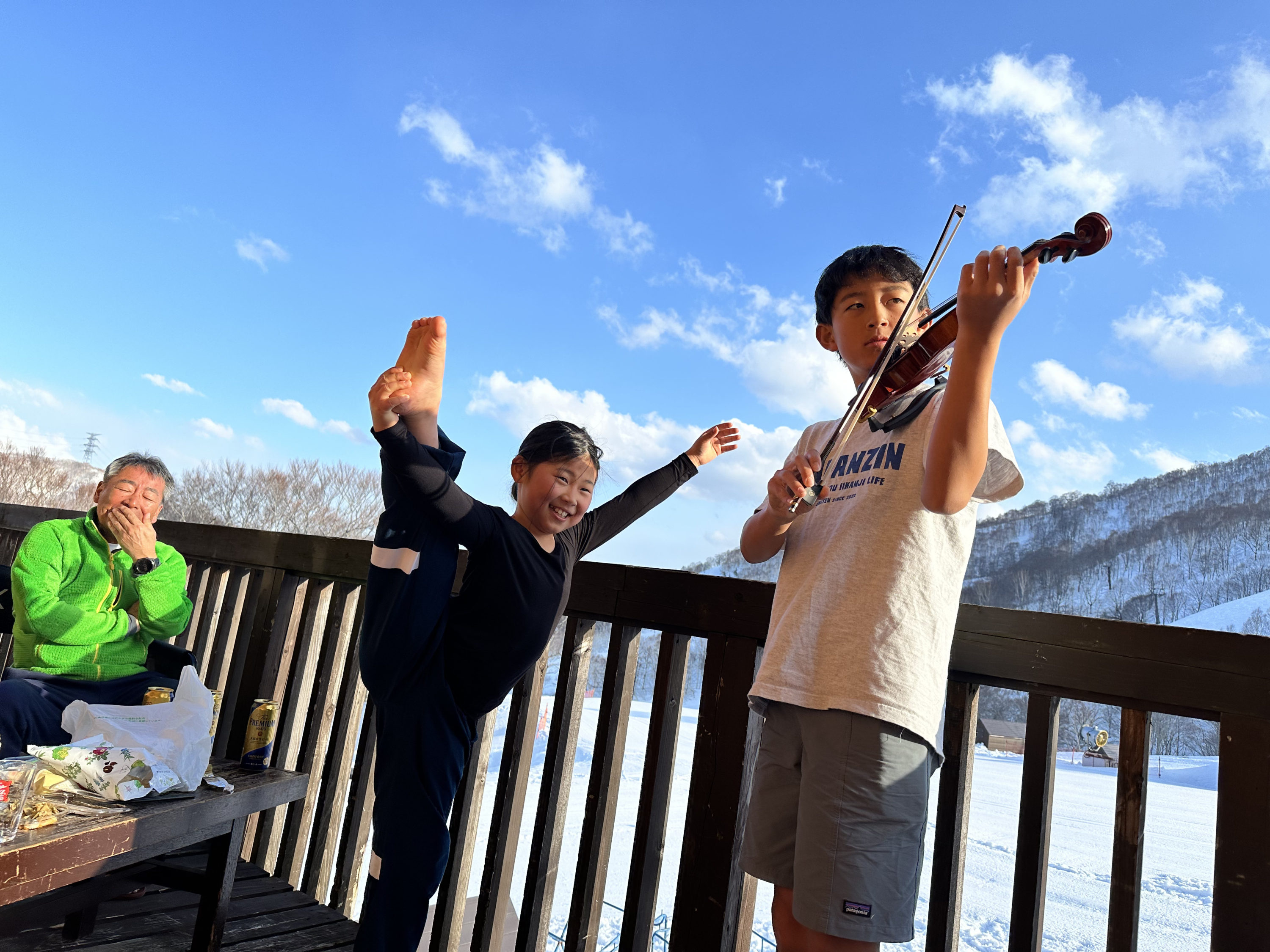
What does it mean to let your child participate in backcountry camping?
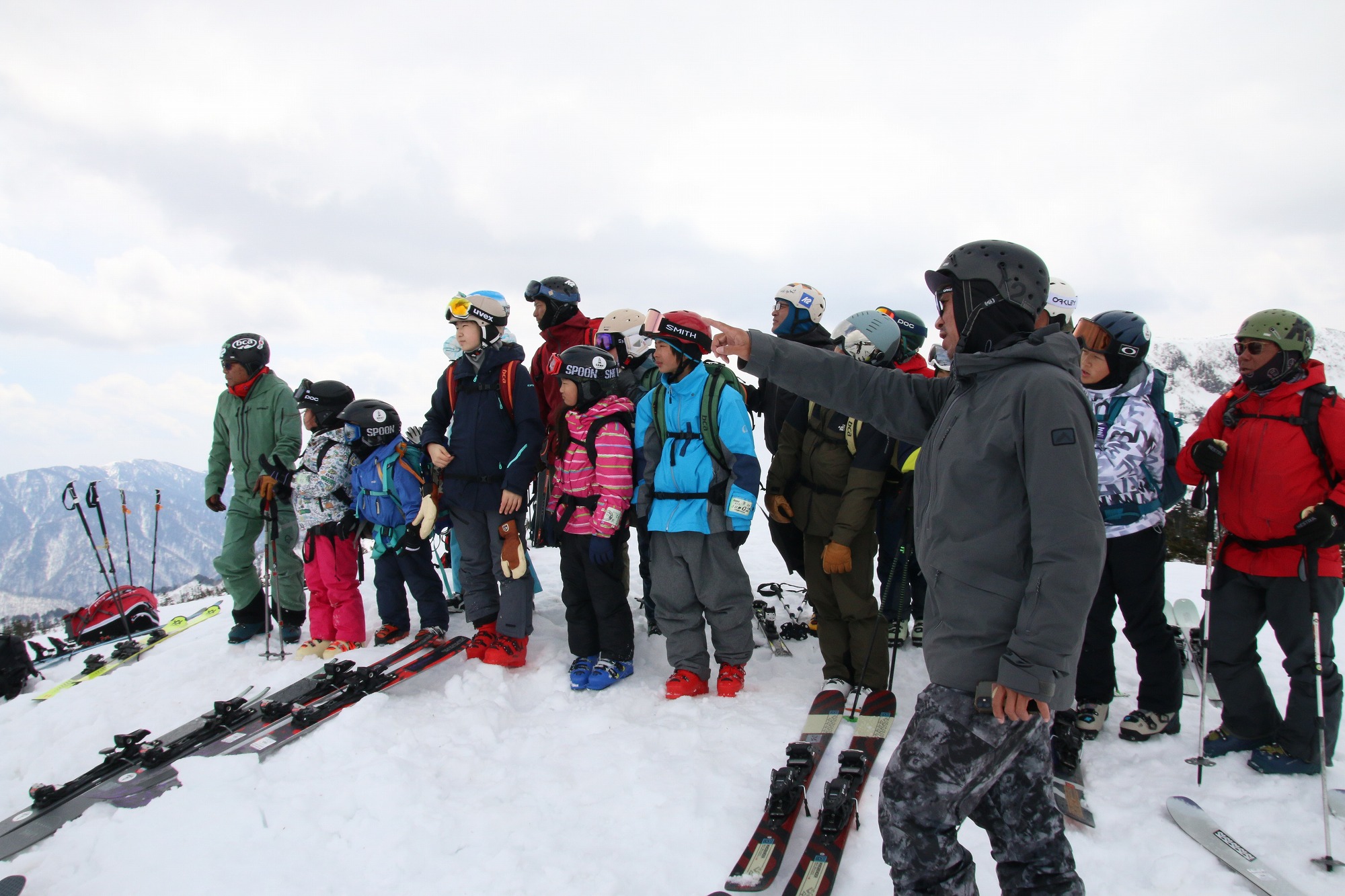
What do parents think about letting their children participate in backcountry camping? Since you are climbing a snowy mountain with your own feet and skiing on unmaintained slopes, the risks are several times higher than regular skiing. There are no lifts, no rest houses, and no toilets. The backcountry is a world where things that are normally taken for granted are not.
Mr. Sakata says.
We never tell parents that if they leave their children to us, they can have a safe and secure camping experience. Of course, we try to control risks and prepare well to increase safety, but as the appeal of adventure increases, the risks also increase in direct proportion. Parents are fully aware of this and let their children participate.
By the way, did all the children who participated come with the intention of backcountry skiing?
``No, I think I'm participating with the feeling that those people are going to take me somewhere interesting again (lol).''
Mr. Sakata
When I asked the children what they thought
"This is my second time backcountry. It's not scary, it's just fun." (U, 12 years old)
"The slope from the top was slippery and I was worried, but it felt good in the forest. I'm happy because you can't go to places like this unless you're with a guide." (S, 12 years old)
"The backcountry was tough, but the scenery from the top was really beautiful. I want to come again." (M-chan, 14 years old)
“The skis were heavy and it was difficult to walk, but I was happy that I was able to climb the mountain.” (K-kun, 7 years old)
“It was my first time to go to the backcountry and it was scary, but I’m glad I was able to go with everyone.” (H, 10 years old)
Children may be aware of the special feeling of walking through the mountains with beacons and stickers, but at their core, the children are thinking, ``This is going to be a more exciting experience than the camps I've been to before.'' It seems like he has an effortless curiosity and spontaneity. And for the sake of having fun, children who can act responsibly gathered together this time. I felt very relieved that there are children who can enjoy these opportunities, and that there are parents and adults who can provide them.
The appeal of backcountry skiing is profound. No matter how many times you ski, there are new discoveries and realizations each time you experience it. And this time too, I was able to observe a fresh side. This sport, which can be enjoyed in the great outdoors, has the power to grow not only adults but also children.
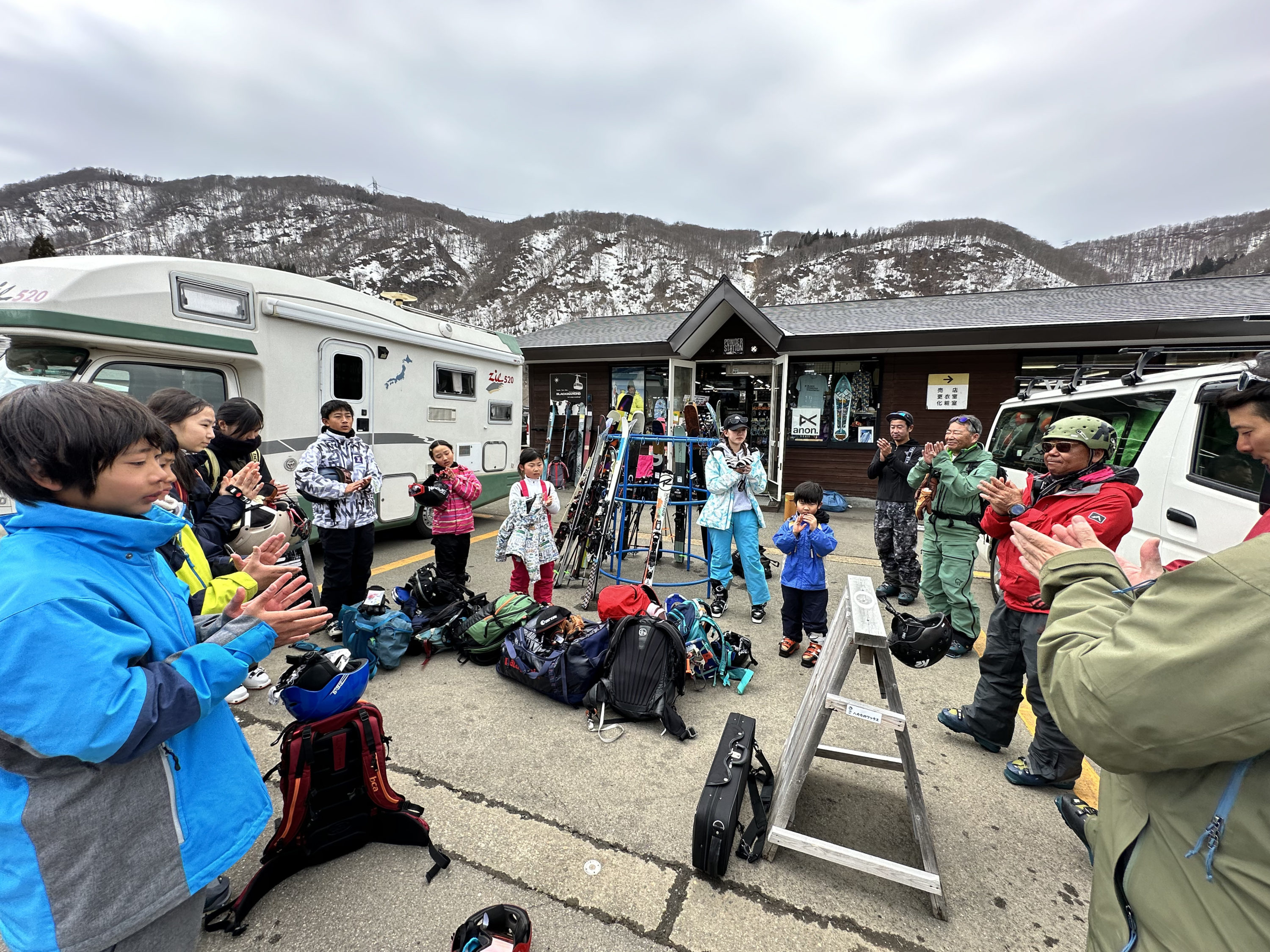
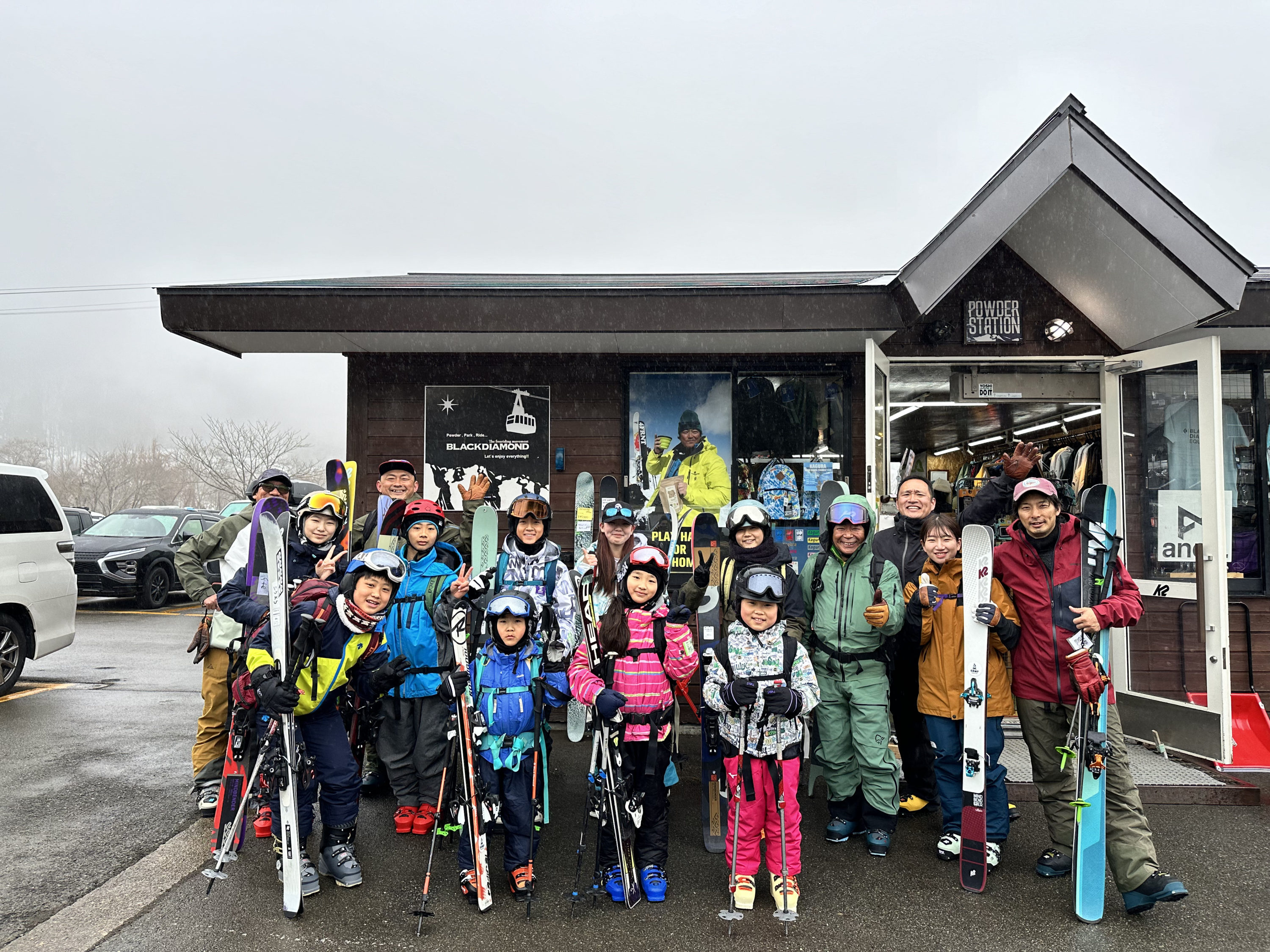
〇Kobe YMCA Camp
We operate an outdoor activity center on an uninhabited island with a circumference of 2.2 km, located 1 km off the coast of Kashima, Shodoshima. Island camping will be held mainly here. In winter, ski camps are held in Shiga Kogen and other areas.
Kobe YMCA Yoshima (kobeymca-yoshima.jp)
*YMCA (Young Men's Christian Association) was founded in London in 1844 and has since spread all over the world, and is now an international youth organization organized in 119 countries and regions around the world. The Kobe YMCA was established in 1886 and operates in Nishinomiya, Takarazuka, Mita, Suma, Sannomiya, Seishin, and Akashi.
Interview: HIROSHI OWADA (STEEP Editorial Department)

